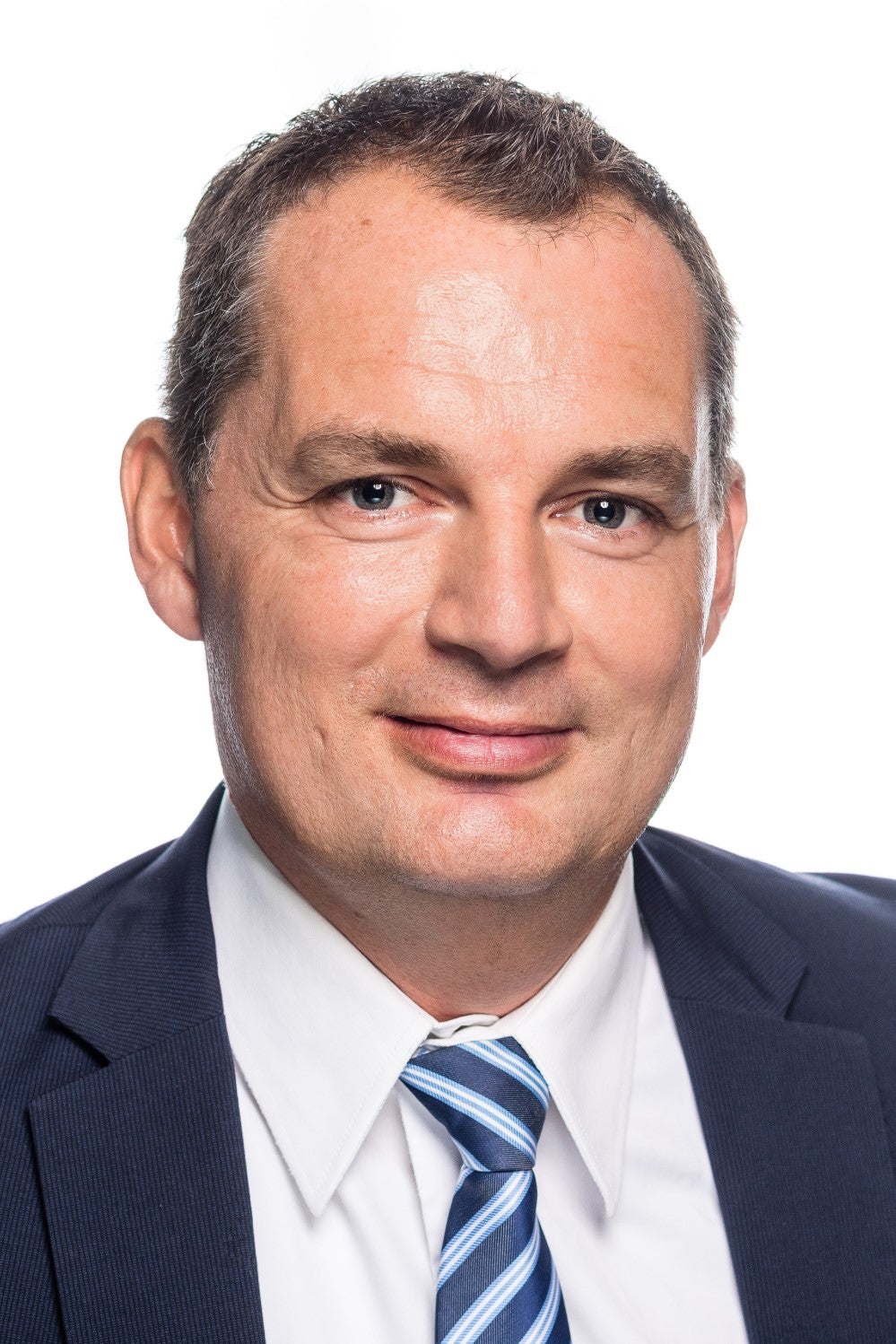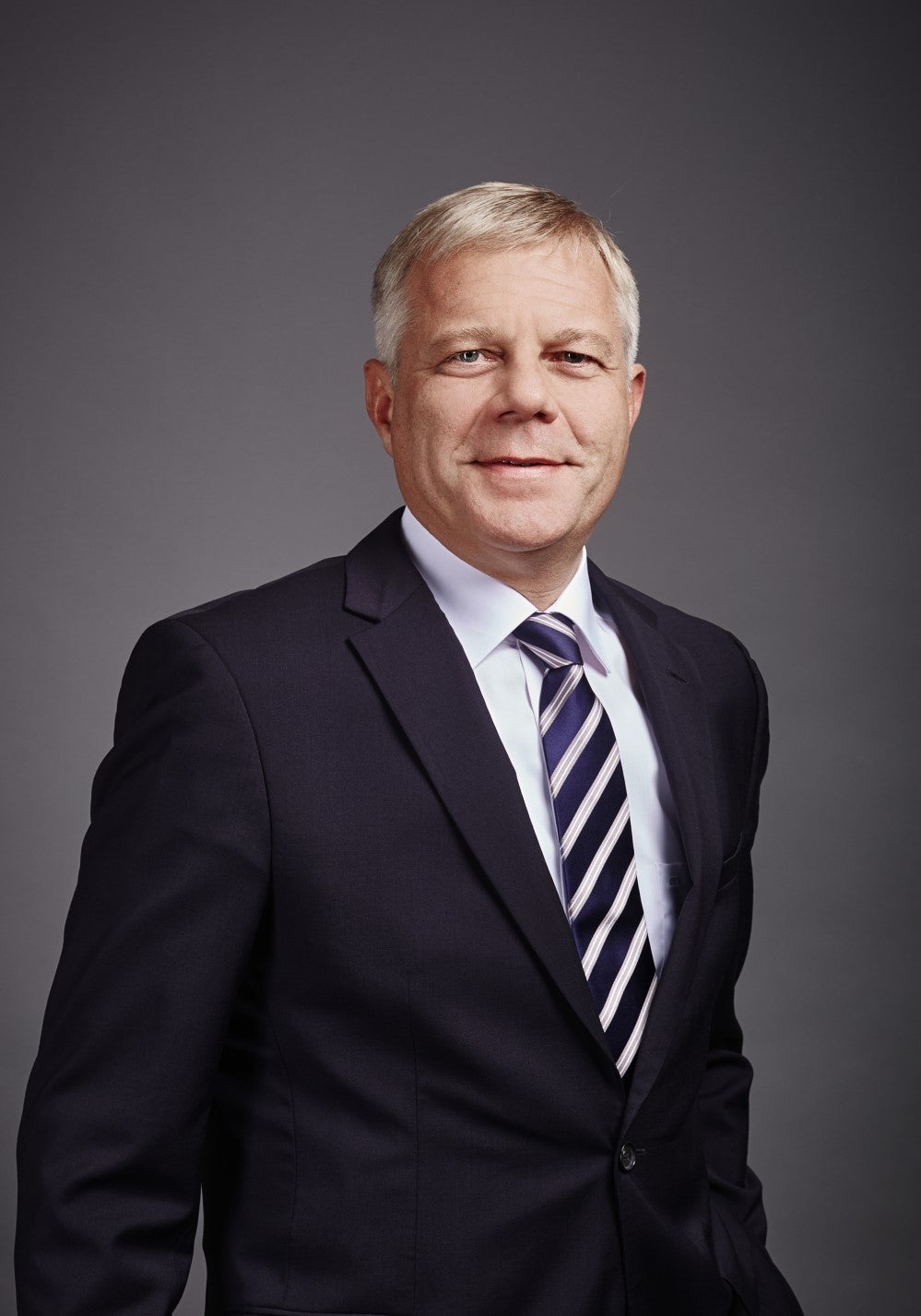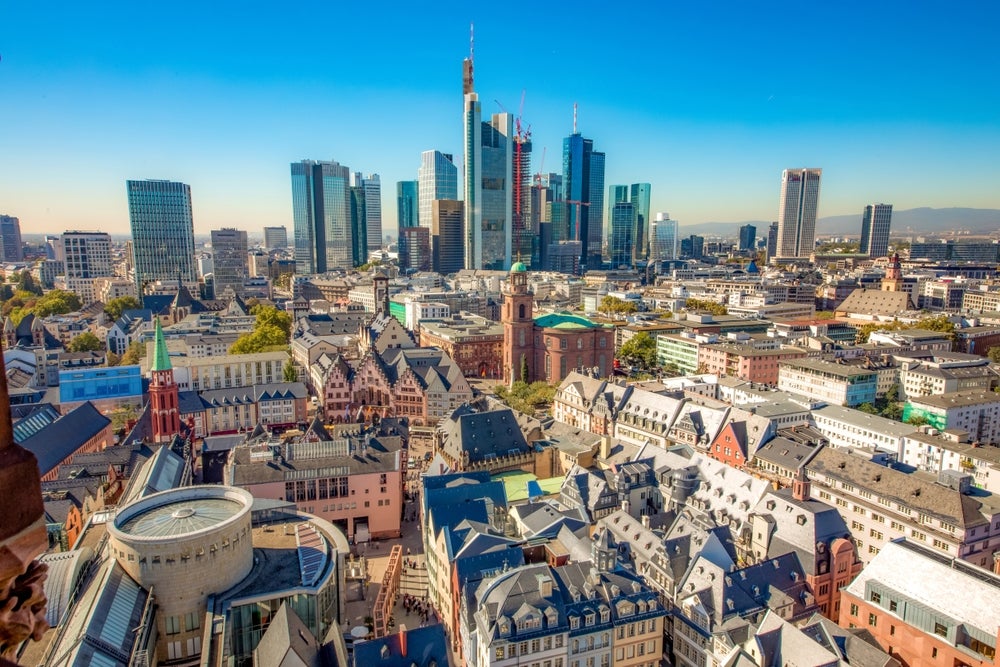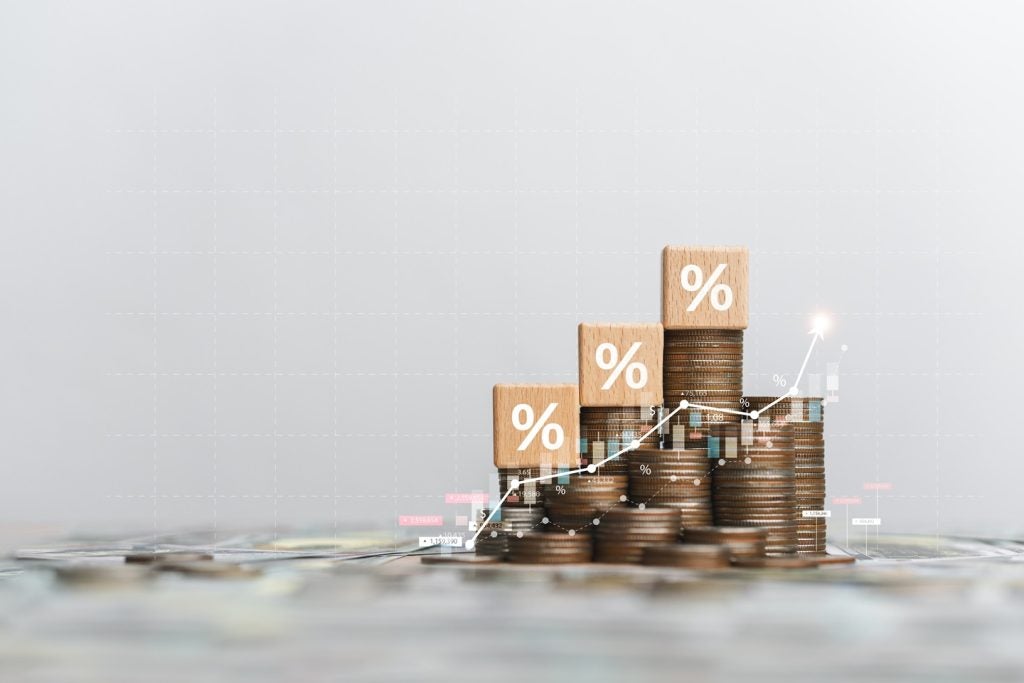
A buoyant economy saw Austrian leasing businesses bounce back from the pandemic to report strong figures in the first half of 2021 and although the country is now fighting a wave of Covid infections as winter approaches, survival is likely to benefit those lessors already undergoing digital transformation. Che Golden reports
Austrian leasing companies achieved significant growth in the first half of 2021 with new leasing business of around €3.9bn, according to the Association of Austrian Leasing Companies (VÖL). With more than 110,000 new contracts signed, the domestic sector recorded a year-on-year increase of 6.9 per cent. The total volume of all 802,706 leasing contracts in Austria amounts to €25.8bn.
While traditional leasing sectors such as construction and medical have been holding their own, it is not surprising that the real revenue earner for leasing companies has been technology, as companies rushed to digitise. Looking to the future, local companies are cashing in on the European Green Deal and investing heavily in green tech.

Jürgen Eichinger of Grenke Austria
“At just under €8bn the volume of new leasing business concluded was almost 8 per cent lower than in the record year 2019 but significantly higher than in previous years despite the pandemic,” says Jürgen Eichinger, managing director sales of Grenke Austria. “The largest sub-segment is still vehicle leasing with a share of just over 70 per cent, followed by equipment leasing with 20 per cent and real estate leasing with 10 per cent.”
How well do you really know your competitors?
Access the most comprehensive Company Profiles on the market, powered by GlobalData. Save hours of research. Gain competitive edge.

Thank you!
Your download email will arrive shortly
Not ready to buy yet? Download a free sample
We are confident about the unique quality of our Company Profiles. However, we want you to make the most beneficial decision for your business, so we offer a free sample that you can download by submitting the below form
By GlobalDataMarket digitisation
Grenke is already seeing signs of recovery in the Austrian leasing market in 2021, as many companies are heavily investing in digitisation, and leasing offers the perfect solution.
“The last few months have certainly been challenging, but we are in a much better position than we feared at the beginning of the crisis,” says Alexander Schmidecker, CEO Raiffeisen-Leasing. “People have learned to live with the pandemic and are looking forward again. We have actively used the time to subject our internal processes and structures to a very rigorous review and as an organisation we are now much more flexible and pragmatic than we were two years ago.”

Alexander Schmidecker, CEO Raiffeisen-Leasing
The leasing companies that did well during the pandemic were the ones that were flexible as customers changed their business models rapidly to cope with the new reality.
“The priority during the crisis was to be available to customers and to work out individual solutions with them,” says Schmidecker. “We think we succeeded in doing this very well, and in retrospect, we only had to agree on deferrals for very few contracts. The very prominent Covid state subsidies for private and commercial clients here in Austria also helped our customers to get through the crisis.”
Digitalisation moved quicker than anyone could have imagined before Covid. “While many markets made plans for digitisation of processes in the future, the pandemic forced the industry to think, act and execute in a digital way,” says Peter Lingner, head of regional sales in Western Europe (Benelux/DACH) for DLL’s Construction, Transportation and Industrial Global Business Unit. “Additionally, we have seen more demand for usage-based offerings. With difficulties in supply chains and with that dependencies on use as well as cash flow, companies have a higher demand for e.g. hour-based, km-based, or other measurable-based products. With this in mind, ownership-driven contracts like loans are deemed less attractive.”
Many companies who needed to go digital found they simply didn’t have the budget and this created a new opportunity for leasing companies. “Suddenly, the majority of the companies needed to be able to work remotely,” says Eichinger. “From remote meetings to working from home to digital archiving, business processes needed to be digitally integrated, yet the necessary investments were often not budgeted for.”
Grenke was one of the companies that brought out simple financing products aimed at digitisation. Eichinger argues that leasing is now part of a modern, crisis-proof corporate financing. Even the finance packages were digital, allowing customers to sign remotely using Grenke eSignature and online portals for customers and resellers.
Green solutions
“More and more Austrian companies are investing in environmentally friendly technologies,” says Eichinger. “There has been a strong shift towards electric mobility, which has led to a sharp increase in vehicle or e-bike leasing in this area. In the movables sector more and more companies are relying on ‘green solutions’. These are increasingly financed via leasing. The concept is still relatively new, so customers can acquire and use these products without having to buy them immediately.”
“Companies are increasingly converting their corporate fleets to e-vehicles,” says Schmidecker. “In the first eight months of this year, almost 45 per cent of all new contracts in our fleet management were for electric vehicles.”
Fleet management, in general, is growing in popularity – VÖL figures show that there has been an increase in portfolio volume to €2.1bn. Companies, and in particular SMEs, can see the advantages of fleet management and are now increasingly relying on it for electric mobility.
Raiffeisen-Leasing has launched a new product in the area of equipment leasing that focuses on financing green technologies such as buffer storage or PV systems. “We see a huge potential in this area and we think leasing will make a big contribution to Austria reaching its climate goals.”
Raiffeisen-Leasing is betting on high demand for lease financing for environmentally-friendly mobility and technologies. In March 2021, the company placed a securitisation transaction with, among others, investor EIB Group, consisting of the European Investment Bank (EIB) and the European Investment Fund (EIF). EIB Group provided €200m to Raiffeisen-Leasing, comprising of a granular portfolio of existing leasing contracts amounting to €538m, which the Raiffeisen-Leasing Group has concluded with SMEs.
“The securitisation is expected to lead to fresh investments with a total volume of up to €560m,” says Schmidecker. “This will have a positive impact on the real economy in the current Covid crisis and will advance climate protection as we will also use the funds to finance e-mobility and green technologies.”
The Austrian leasing industry expects the sustainability trend to intensify further in 2022 as a result of the Renewable Energy Expansion Act (EAG), and Eichinger anticipates that equipment investments will follow suit, particularly in the area of equipment leasing.
Renewable Energy Expansion Act
Mag Peter Solt, an associate with legal firm Taylor Wessing, wrote at the time of the passing of the Act in mid-2021: “We expect that the reorganisation of the support scheme for production and feed-in of electricity from renewable generation sources will create an increased incentive for the development of new sites (especially wind and PV). The same applies to potential sites for repowering. In addition, in the area of transactions and project financing, we are primarily concerned with wind energy and PV in Austria. However, the delay factors of the last few years (regional planning and approval of individual projects, grid capacities) are still an uncertainty factor regarding the possible speed of implementation.”
Traditional leasing
The more traditional sectors of the leasing market are also quietly holding their own. According to Lingner, the Austrian leasing market is stable with increases for various industries. As well as the investments in technology, construction and agriculture business have all shown growth, which drove an increase in leasing investments. “Although DLL holds only a small share in the Austrian Leasing business, we see these developments being quite similar to the German and Swiss business,” he says.
New vehicle leasing business in Austria bounced back strongly in the first half of 2021 with €3bn, according to VÖL figures. This corresponds to a year-on-year increase in new business volume of 19.2 per cent, making it the second-best result after the record figure achieved in 2019. Measured in terms of units, this corresponds to an increase of 8.7 per cent year-on-year with 100,388 leasing contracts. The average contract amount rose by 9.7 per cent to €29,735. The significant increase in new vehicle registrations (+27.4 per cent) also ensured that the leasing ratio (share of lease-financed vehicles in new registrations) in the overall Austrian market manifested itself at 40.4 per cent.
Equipment leasing fall
The only real disappointment is in the equipment leasing segment, where the slight downward trend that had already become apparent in 2020 continued. VÖL figures show the volume of new business declined by 3.7 per cent to €690m. The number of new contracts concluded fell by 7.5 per cent to 10,134. By contrast, the average contract value rose by 4.1 per cent year-on-year to €68,063 per contract.
In the equipment leasing segment, there were significant shifts within individual property groups. The strongest growth was achieved by medical and measuring equipment (+63.2 per cent), followed by aircraft, rail and water vehicles (+59.3 per cent). There was a year-on-year decline of -20 per cent in the production machinery group.
Supply chain challenges
While digitalisation and new technologies provided a mini-boom during the pandemic and benefited from greatest support from state subsidies, this trend is ending in 2021, according to Christian Piringer, CEO of SGEF Austria. “Today, the most significant development is the backlog of deliveries in all markets,” he says. “The latter seems to limit the recovery of the market growth.”
There is no doubt the ongoing supply bottlenecks in the supply of semiconductors is becoming a challenge for the Austrian economy. “Many manufacturers are cutting back production,” says Eichinger. “At the moment there is no relief in sight. The manufacturers’ order books are full, their factories are working to capacity, and this will continue well into the coming year. Global demand is simply greater than supply. We are hopeful the ability to supply objects should improve significantly again in 2022.”
“The supply chain issues have led to investments being delivered later than originally planned,” says Lingner. “The market is affected by that as projects are being moved or will start later. In 2021 that became more significant in Q3 with a larger impact in Q4. For the first quarters 2022 we see this trend ongoing with a likelihood that for the second half of 2022 there will be a move back to normal.”
Economic growth
According to estimates from the Austrian Institute of Economic Research, the Austrian economy grew by 4.3 per cent quarter-on-quarter from April to June. The effect of easing containment measures in mid-May was the driving factor, leading to increased consumer demand and a strong expansion in economic output in the areas of trade, transport, accommodation and catering which were hardest hit by the crisis (+20.5 per cent QoQ after -9.5 per cent QoQ in the first quarter).
The easing of travel restrictions gave tourism a boost. In 2019, tourism made a direct contribution of 5.5 per cent to GDP. Together with the indirect contribution, for example, through food deliveries to hotels, tourism accounts for 7.5 per cent of GDP, putting Austria in the upper third of EU countries for tourism’s GDP contribution. Travel exports benefited from the easing of travel restrictions as well as the opening steps in accommodation and catering. In the industrial economy, the positive momentum from the first quarter continued with the added value in industry rising by 2.3 per cent QoQ.
The estimate for first-quarter GDP growth was revised down from 0.2 per cent QoQ to -1.1 per cent QoQ meaning that the Austrian economy entered a double-dip recession. That makes growth in the second quarter even more reassuring, but it also shows how difficult it is to get the economy out of the pandemic-induced slump when there are new containment measures.







